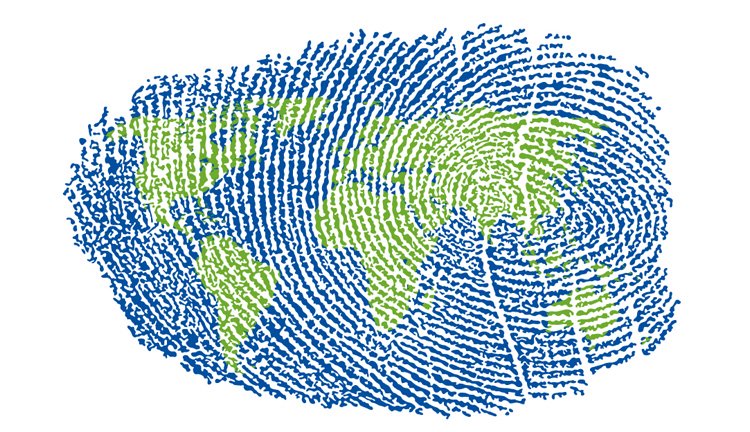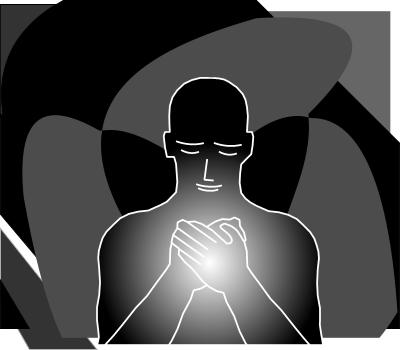In a society that values leadership, how much humility do you need to be a follower?
Who are you willing (or not) to follow? When do our least-reached students need you to lead vs. follow?
Who do our least-reached students need you to follow?
Presidents’ Day does not make me think about specific presidents, but rather about leadership… and responsibility. Years after Uncle Ben told Peter Parker that “with great power comes great responsibility”, Julian Weissglass specifically defined leadership as “taking responsibility for what matters most…”.
As a principal for a school named Leadership High School, we adopted Weissglass’ definition and had a mission to empower each of our graduates to be able to lead. Fulfilling this promise was built on a number of subtle assumptions:
-
Underlying any effort to develop leadership, a belief that everyone could and should be a leader;
-
The obvious indicator that one could only be a leader if s/he could have others follow her or him, and
-
The recognition that if we all could and should lead, then each of us also needs and must be able to follow at times.
It is this third assumption that sits in my mind and heart today – and that will be the focus of this Monday Musing.
When I first reflect on “followship”, I think about who it is that I have followed in my own life. Three types of leaders surface as those types of leaders I have followed at different times and for different purposes: the “sexy” leader, the mentor and the expert across difference.
The “sexy” leaders, those who wow me with their passion and knowledge, usually had what some call the “it factor” (charm, bells, whistles, and a fan base). In general, “sexy” leaders frequently received my espoused followhip before I could examine or engage in the depth or integrity of their actual knowledge or practice. While many evolved to become mentors and experts across difference in my life, I learned others were inconsistent or had messages that grew stale. Those in this latter group also were important and influential to my development, but their leadership was less for me to follow, and more for me to be critical of. (The word critical does not only have a negative intent).
As my own work and responsibilities deepened, I found the importance of following those who had done similar work and to learn from their experiences – not only their successes, but also their failures. The more I sought out mentors, the more I realized that context mattered. It was not enough to seek mentorship from other teachers, principals or coaches who were considered successful. Rather, it mattered where they were successful as well as with and for whom they were successful. Did they work with similar schools and adults? Were they committed to similar students and families? Did our values and beliefs align? And because context matters, were their own experiences of life similar enough to my own – did we share enough experiences in the skin we are in to suggest that there was enough affinity for mentorship? Frequently my mentors not only have had success in their work with and for students, but also in their work with themselves as members of dominant culture.
With the context of my work ever-becoming increasingly diverse, having mentors or leaders with whom I share affinity serves as a limitation for what is possible regardless of who is leading. Counter to my training to excel in dominant culture, I must have the humility to learn and accept what I don’t know – and NOT to think that everything is for me to know as much or more than anyone else. This is especially true when knowledge and skills are uniquely experiential based on the skin we are in. Given who we are charged to serve in public education, sometimes the best I can do is to follow the lead of those who know better – or more – than I do. I constantly must remind myself to remain open to following others lead much more than my dominant culture upbringing has prepared me to do.
When I am blessed, this work with experts across difference is cultivated within my work environment, but an absence of such a culture does not serve as an excuse not to do the work. Even though following experts across difference through collaboration is an amazing and powerful tool of change and development, there is endless research and literature available that offers counters to my own experiences, beliefs and perspectives. I can develop as an ally and follower in many different ways towards the service of my least-reached students and students least like me.
On this Presidents’ Day, reflecting on Weissglass’ definition of leadership as “taking responsibility for what matters most…” has now brought me to consider that not only is humility an essential trait of any leader, but so is the very humble act of conscious and purposeful followship.







